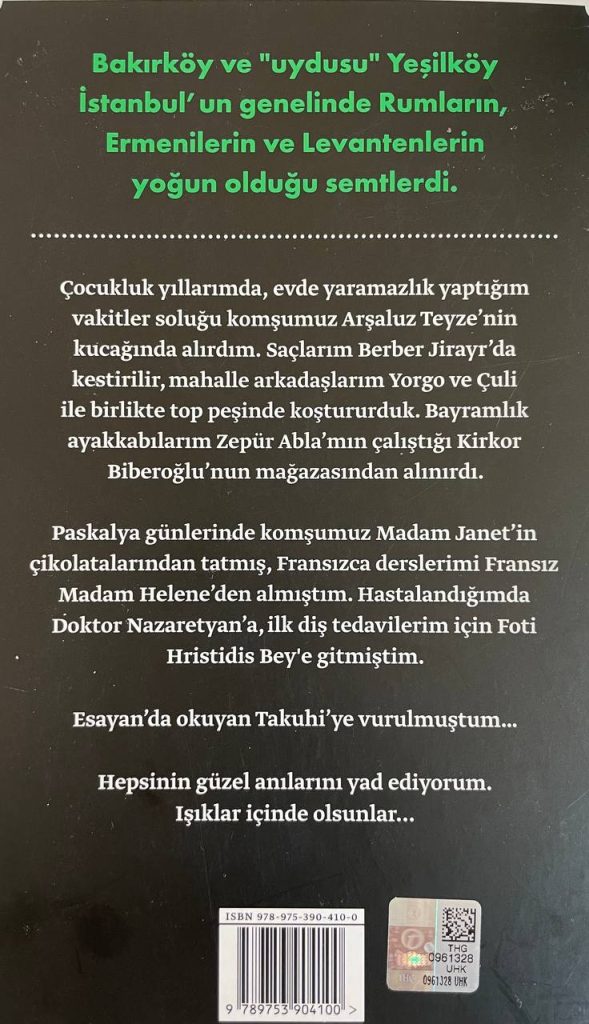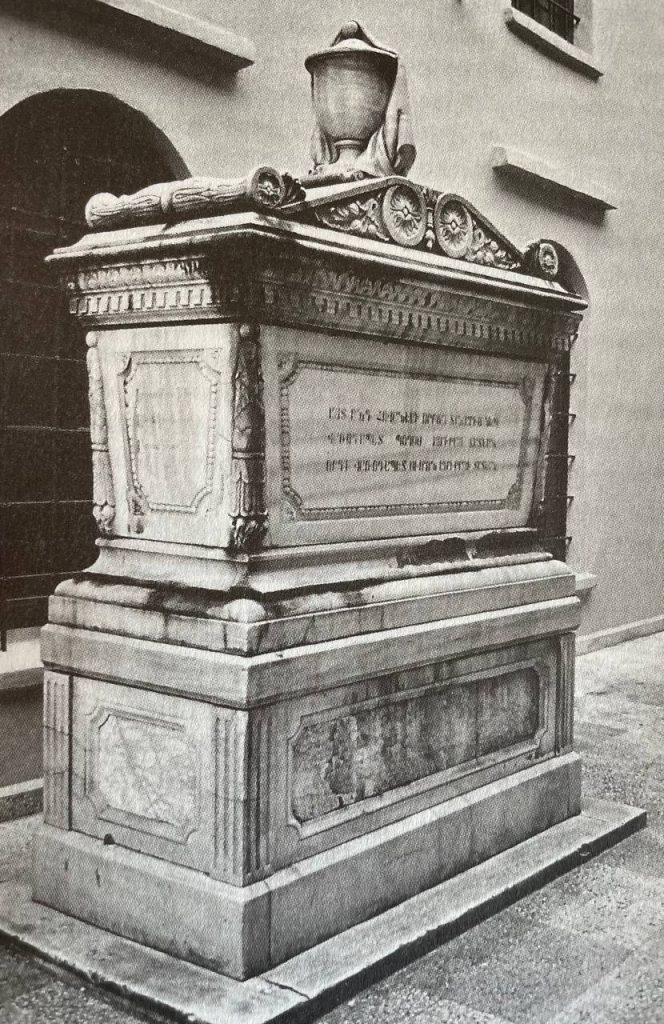Portrays From Bakırköy and Yeşilköy: A Journey Through Istanbul’s Cultural Heritage and History” – A Book Review
“Portrays From Bakırköy and Yeşilköy” is an intriguing and informative text that takes readers on a journey through the rich history and cultural heritage of two neighbourhoods in Istanbul, Turkey. The author (Turgay Tuna), who has lived in Bakırköy for over half a century, vividly describes the vibrant communities that once thrived in the area, providing readers with insightful observations and historical facts.
Bakırköy and Yeşilköy have a long and fascinating history that dates back to before the Ottoman Empire. The author notes that these neighbourhoods were once home to a diverse range of people, including Rums, Armenians, and Levantines, who lived alongside the Turkish population. In Turkish, “Rum” is used to refer to the Greek population in Turkey or to anything related to Greece or Greek culture. The term comes from the Greek word “Romios,” which means “Roman”, and was used historically to refer to the Eastern Roman Empire, also known as the Byzantine Empire. The Rums, in particular, had a strong presence in the area and established many churches and monasteries. The author explains that the Rums were some of the earliest inhabitants of Istanbul and played a significant role in shaping the city’s culture and history. Over time, the neighbourhoods grew and developed into bustling areas with markets, businesses, and schools.
However, the mid-20th century significantly changed the area, profoundly impacting the local communities. One of the most significant events was the imposition of the Varlık Vergisi, or “wealth tax,” by the Turkish government in 1942 during World War II. The tax was aimed at non-Muslims, particularly Jews and Rums, and was part of the Turkish government’s efforts to mobilize resources to support the war effort. Unfortunately, this tax devastated the non-Muslim population already facing discrimination and hardship in Turkey. Many non-Muslims could not pay the tax and were forced to sell their assets or go into debt. Some were even forced to leave the country altogether.
The tax was officially abolished in 1944, but its effects continued to be felt for many years.
In addition to the Varlık Vergisi, the 6-7 September Events in 1955 had a significant impact on Bakırköy and Yeşilköy and the local Rum population, in particular. During these events, Turkish mobs attacked Rum-owned businesses and homes, causing significant damage and loss of life. As a result, many Rums fled the country, and those who stayed faced ongoing discrimination and hardship. The author notes that other minority groups, such as Armenians and Jews, were also affected by these events.
The Cyprus Conflict in the 1960s and 1970s further impacted the area significantly. As tensions between Greece and Turkey escalated, many Rums and Turks living in the opposite country were forced to return to their homeland. The subsequent Turkish invasion of Cyprus in 1974 led to another wave of displacement and forced migration for many people. The author notes that this conflict further contributed to the loss of minority populations in Bakırköy and Yeşilköy.

Today, the neighbourhoods have lost much of their minority population, which has impacted their cultural landscape.
The author describes the effects of this loss, including the closure of schools and churches and the loss of unique cultural practices and traditions. However, the author also celebrates the memories and legacy of those who once lived there, acknowledging their contributions to the area and Turkey. The author hopes this book will serve as a reminder of the importance of preserving cultural heritage and the stories of those who came before us.
In conclusion, “Portrays From Bakırköy and Yeşilköy” is a thought-provoking and compelling read that offers a unique perspective on the impact of historical events on local communities. The author’s insights and historical facts give readers a deeper understanding of the neighbourhoods’ rich heritage and the challenges faced by minority communities in Turkey. We highly recommend this book to anyone interested in the history of Istanbul and the importance of preserving cultural heritage.


